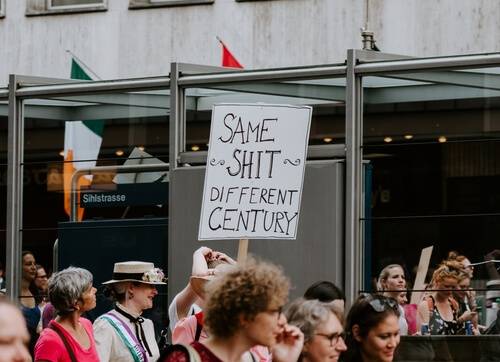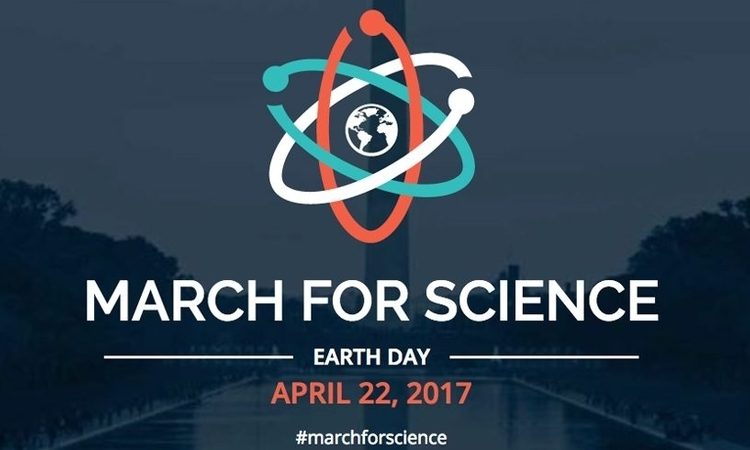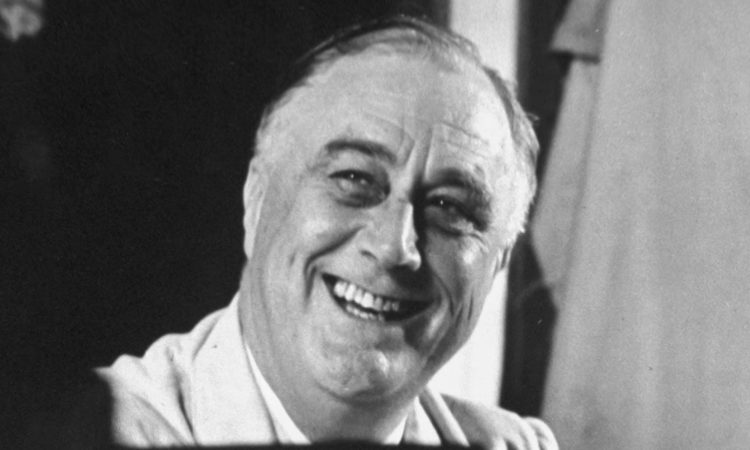Originally proposed by Rep. Bella Abzug (D-NY), National Women’s Equality Day commemorates the certification of the 19th Amendment to the Constitution of the United States of America. As of today—Wednesday, August 26th, 2020—it has been one hundred years since the National Archivist—a post held at the time by Robert Digges Wimberly Connor—announced that the 19th Amendment was officially a part of the Constitution, securing women’s right to vote. …well, white women’s right to vote. I want to take the time today to explore some of the history of women’s suffrage and acknowledge that National Women’s Equality Day is still more of an aspirational holiday, especially when we consider the intersection of women’s suffrage and race.

The photo of this racist grossness was found at Susan B. Anthony Birthplace Museum; it originally appeared in The Philistine: A Periodical of Protest.
If you were to ask just about any white person who they most associate with women’s suffrage in the United States, Susan B. Anthony will be the overwhelming answer. As a nation, we’ve propped Anthony up as the poster child for suffrage. Every few years, after voting in November general elections, many women make a pilgrimage of sorts to Susan B. Anthony’s grave, placing “I Voted” stickers on her headstone. The photos we see in texts books and news outlet retrospectives are of Anthony and a handful of other white women: Elizabeth Cady Stanton, Lucretia Mott, and Charlotte Denman Lozier, Alice Paul, to name a few.

Elizabeth Cady Stanton and Susan B. Anthony—photo found at Library of Congress.
While there were many Black suffragists, it became a strategy among white suffragists to appeal to white supremacy. Susan B. Anthony—that lauded hero among White Feminists™—despite having acted as an abolitionist and part of the Underground Railroad and her widely touted friendship with Frederick Douglass, said a number of horrifically racist things, including:
“An oligarchy of wealth, where the rich govern the poor; an oligarchy of learning, where the educated govern the ignorant; or even an oligarchy of race, where the Saxon rules the African, might be endured; but surely this oligarchy of sex, which makes the men of every household sovereigns, masters; the women subjects, slaves; carrying dissension, rebellion into every home of the Nation, cannot be endured.”
Of course, Anthony was not the only white suffragist/suffragette to draw the comparison between slavery and women’s lack of rights. Emmeline Pankhurst, a British suffragette, on visiting the United States and working with US suffragists, said, “I know that women, once convinced that they are doing what is right, that their rebellion is just, will go on, no matter what the difficulties, no matter what the dangers, so long as there is a woman alive to hold up the flag of rebellion. I would rather be a rebel than a slave.” Of course, you’ll remember a few years ago, when the movie Suffragette was being promoted by stars Meryl Streep, Anne-Marie Duff, and Carey Mulligan sporting tee shirts emblazoned with the incredibly problematic phrase: “I would rather be a rebel than a slave.” While white women were deprived of rights and access to self-determination, at no point have they been systematically enslaved and comparing the two collective experiences is disingenuous and wildly inaccurate.

Human rights are not a zero sum game. Photo by Claudio Schwarz.
Our collective image of suffrage history rarely includes Black women, despite there being a vast number of Black suffragists who were, then, thrown under the bus by white suffragists with rhetoric like that above. The cultural imaginary seems to forget, until convenient anyway, that Sojourner Truth was a suffragist; her famous “Ain’t I a Woman” speech was delivered to the Ohio Women’s Rights Convention. Though, the transcription of the speech we’re familiar with intentionally changed all of her words to make her sound like a stereotypical “southern slave,” rather than reflecting her being from and enslaved in upstate New York, helping to erase the complicated truth of the North’s relationship with the institution of slavery.

Nannie Helen Burroughs. Photo found at US National Park Service.
We’ve all but forgotten that Harriet Tubman was an early women’s rights and suffrage advocate. Ida B. Wells was also a formidable activist in a number of intersecting arenas, including women’s suffrage. Nannie Helen Burroughs, a founder of the Women’s Auxiliary of the National Baptist Convention and the founder of a trade school for women, which took her name after her death, was also a fierce advocate for women’s right to vote. National Association of Colored Women co-founder, Mary Church Terrell, was also a suffragist. She also, alongside Ida B. Wells fought against lynching and she fought for policies that would end Reconstruction Era and Jim Crow Era laws that disenfranchised black voters. Later, fought for integration in the first half of the 20th century.

No lies detected. Photo by Claudio Schwarz.
These Black suffragists, among so many more, would not see Black women’s full legal enfranchisement until 1965, which the Voting Rights Act passed. The lived reality of Black folks’ suffrage, though, is still diminished by a number of policies that act, effectively, as poll taxes to this day. There were also Asian-American, Native American, and Latinx-American suffragists that would also have to wait far longer than white women for full enfranchisement. Asian-Americans won the vote in 1952 with the passage of the McCarran-Walter Act. Latinx voters, though technically covered by the 1965 Voting Rights Act, were often discriminated against at the polls if they were non-English speakers; it was not until 1975 that specific wording was added to demand that ballots were provided in other languages. Though Native Americans were technically allowed to vote as of the passage of the 1924 Snyder Act, actual enfranchisement didn’t occur until the passages of the 1965 Voting Rights Act and the 1975 provision for multilingual ballots. It is important to note that the voting restrictions that seem to be the (dis)enfranchisement discussion flavor du jour disproportionately affect Black, Native American, and Latinx voters.

Photo by Jean-Baptiste Burbaud.
National Women’s Equality Day is a great idea, it reaches forward and it points directly to its aspiration. But we’re not there yet. We’ve got quite a way to go. That’s not meant to be discouraging but I think looking at our failure to bring all women along as we strive for women’s equality teaches us an important lesson: if our feminism isn’t intersectional, it’s pretty much crap and it fails the majority of women. As we sit in the proverbial gutter, staring at the stars, let’s make sure that we all have an unobstructed view of the stars, of our goals, of our dreams.












Leave a Reply